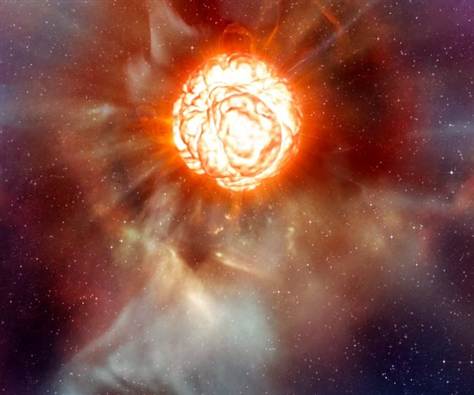Today, our aspiration of finding alien life out there became an obsession. We all believe that aliens exist and some of us are even certain that they have already reached Earth. Scientists are a little more reserved in this matter, but they do take several regions of our known Universe into consideration as potential places where life could have developed, or could develop in the near future. Here is a list of 10 regions where different forms of alien life could flourish:
1. Europa
Table of Contents
Apparently, scientists do believe that the search for alien life could start from the Jovian moon, with great chances of success. They even suggest that complex life might be sustained on this planet. This is based on a theory that beneath the thick sheet of ice, there is a liquid ocean and on the assumption that Europa has enough oxygen to support both micro and macro fauna. Of course, no solid evidence exists so far.

2. Meteorites
Up to this day, we know for sure that our planet was struck by no less than 22, 000 meteorites. If life could have arrived to Earth from outer space, these rocks must have been the “delivery system”. This is not quite as impossible as it may seem, since scientists have discovered in Antarctica what appears to be some microfossils on a meteorite from Mars. If this was true (after years of debate, scholars could not reach a conclusion), it would mean that the theory of “pansermia”, according to which life migrates from one planet to another, is true as well.
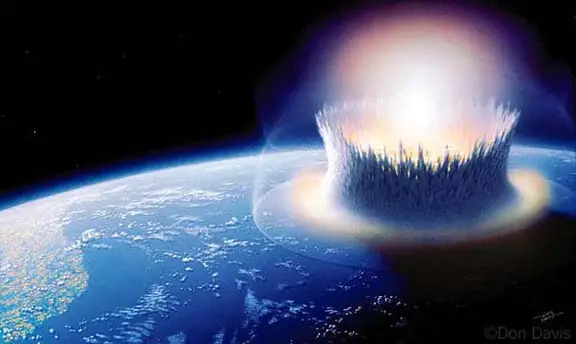
3. Mars
Traditionally, one of the best places to look for life is Mars. Despite its unfriendly environment, there is evidence that once, this planet was warm and welcoming. The Phoenix Mars Lander made a huge discovery in this area, in 2008. After digging in the Martian soil, it found large amounts of ice, which obviously means that once, there was water on this planet. Moreover, there are traces of methane In the Martian atmosphere, which suggests that alien life (in the form of bacteria) must be hiding somewhere on the planet, most probably deep under the surface.
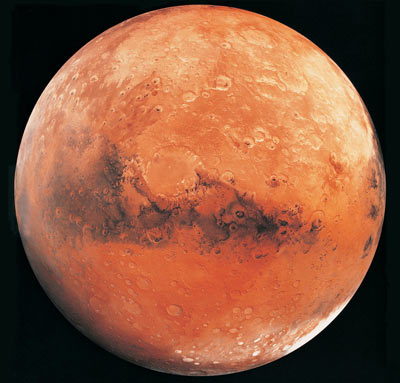
4. Callisto
Callisto is the second largest moon of Jupiter and until recently NASA scientists considered it nothing more than a dead satellite. Its very old surface bears the mark of many asteroids that crashed here. However, since 1996, the possibility of an ocean beneath its surface arose, waking up the interest of the scientific community for this planet. Even though the conditions of Callisto are not as good as those on Europa, the possibility of some aquatic forms of life having evolved on this harsh planet still exists.
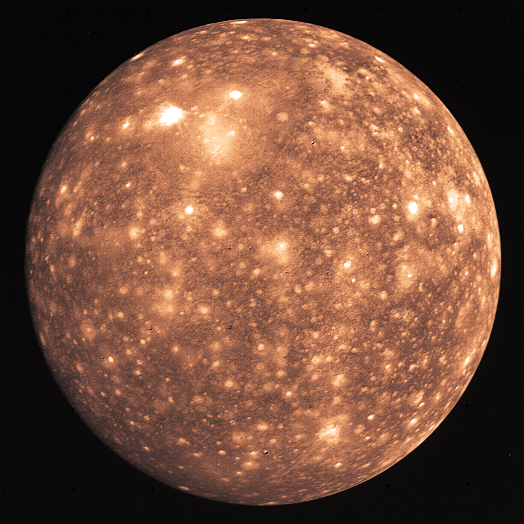
5. Enceladus
Another of Saturn’s satellites gives even more hopes to the scientists. Enceladus is, apparently, one of the best options for alien life hunters. Casini (photo) was able to detect such chemical elements as carbon, nitrogen, hydrogen and oxygen, essential compounds that make life on Earth possible. Furthermore, a theoretical, yet not confirmed, buried ocean may represent a warmer environment in which life could flourish.

6. Titan
Titan is Saturn’s largest satellite. It has some particular features to make it interesting : it is the only known moon to have a dense atmosphere; moreover, it is the only planet ,other than Earth, where surface liquids in stable form were found. Titan’s atmosphere does not allow life, at least not the kind of life we are familiar with. At -184⁰ C, no life form from Earth could survive. However, the surface includes landscapes similar to those of Earth: sand dunes, rivers and seas (of liquid methane, probably). There are even different seasons on Titan! In addition to these extraordinary (but not conclusive) similarities, CASINI orbiter, sent by NASA, found interesting chemical movements on Titan, which may be the result of some alien life.
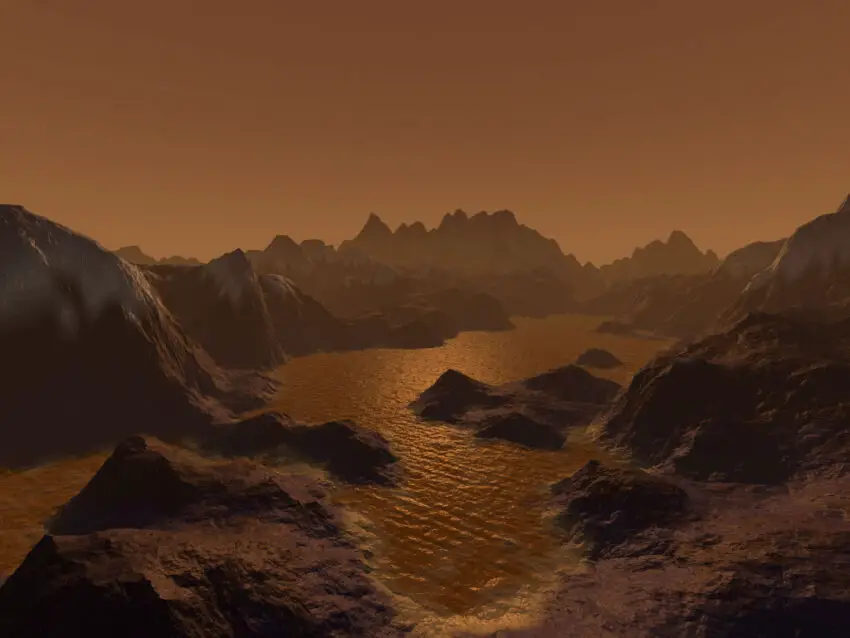
7. Gilese 581d
Gilese 581 is a far-away red dwarf star. Located in the Libra constellation, this star has several planets, among which Gilese 581 d. This exoplanet ( a planet outside the solar system), is so special because it is believed to be the only known exoplanet located in a habitable zone (meaning at the right distance from its Sun-like star). Thus, it is possible that this planet has an atmosphere as well as liquid water running on its surface, which means that Earth-like forms of life may develop here.
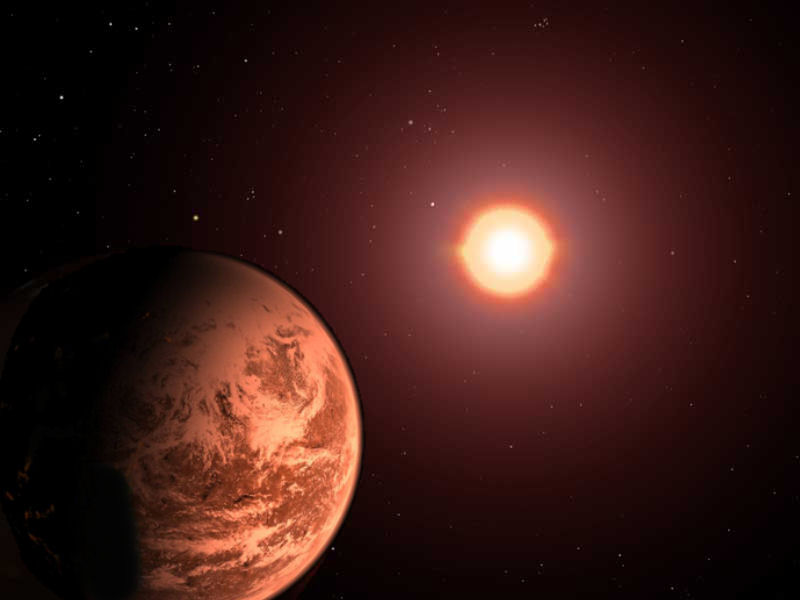
8. Exoplanet HD 209458B
This planet does not have a nice, inspiring name, it is true. However, it is not the name we are looking at, but its characteristics. Thus, despite from being really far from Earth (150 light years), scientists were able to discover and describe its chemical composition, with amazing results. Apparently, this is the second planet outside the solar system where elements which stand at the basis of life, as we know it, were found.
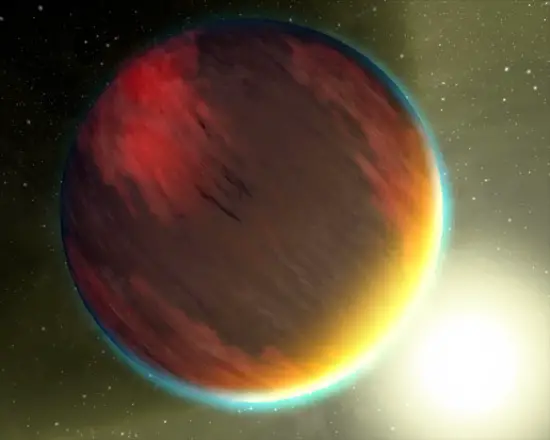
9. Orion Nebula
A nebula is defined as an interstellar cloud of dust, hydrogen gas helium and other sorts of gases. Nebulae are often areas where new stars are forming. This is the case of the Orion Nebula, situated 1,500light-years from now, in the Milky Way. This place is not only of an amazing beauty, but also a very interesting region from the point of view of potential alien life. The combination of such chemical substances as water, carbon monoxide, methanol, sulfur dioxide and many others which are known to be essential in the life developing processes is very promising for scientists.
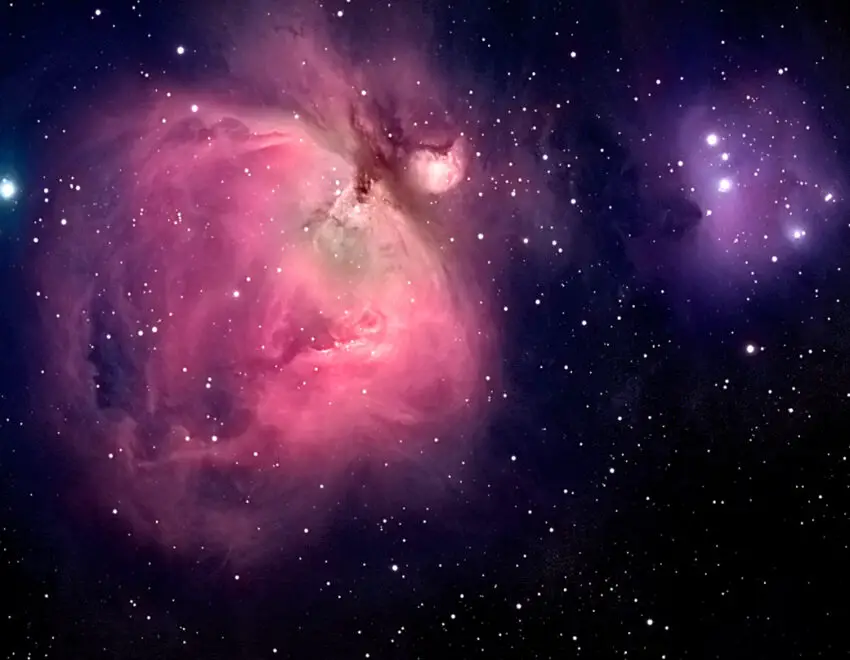
10. Red Giant Stars
Red Giant stars are NOT a good place for alien life to start. However, they may be the cause of it: when a star is about to die, it suddenly explodes into its red giant phase. This means that it will quickly grow in size and intensity and will cause faraway, frozen planets or exoplanets to become life-friendly. Ice blocks would melt, releasing water, life’s favorite medium, and its brightness would bring light to places that had only known darkness. Such new, improved conditions might give birth to alien microorganisms.
